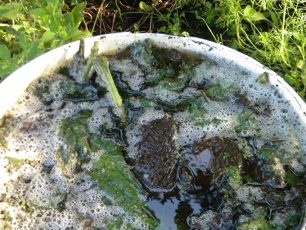 Feeding is a very important part of caring for plants in the country. Especially if you want to get a good crop of vegetables! And if some of them (potatoes, cucumbers, zucchini) bear fruit well without undue interference from gardeners, then more picky bushes (pepper, cabbage, eggplant, tomatoes) top dressing will significantly help. The most popular organic fertilizer for vegetables is prepared on the basis of mullein, droppings and ... ordinary weeds. Today we’ll talk about how to make fertilizers with your own hands and how to apply them.
Feeding is a very important part of caring for plants in the country. Especially if you want to get a good crop of vegetables! And if some of them (potatoes, cucumbers, zucchini) bear fruit well without undue interference from gardeners, then more picky bushes (pepper, cabbage, eggplant, tomatoes) top dressing will significantly help. The most popular organic fertilizer for vegetables is prepared on the basis of mullein, droppings and ... ordinary weeds. Today we’ll talk about how to make fertilizers with your own hands and how to apply them.
What is organic top dressing?
This is fertilizing vegetable plants with natural fertilizers without "chemistry". Most often, it looks like this: in the fall (as an option - at the end of summer), peasants travel around the country town selling livelihoods of farm animals packaged in bags. You can buy chicken manure, horse manure or mullein from them - cow excrement. Summer residents stock up on this “good” for the next season, because in the spring it will be too late to buy fertilizers: vegetables can’t tolerate fresh organic matter.
Part of the fertilizer is applied to the ground in the fall - during the digging of the beds. But they leave the lion's share for later: in spring and summer, bird droppings or “pancakes” of ungulate animals are bred in water and watered with the resulting mixture of vegetable bushes. Most often, such a liquid is used as root top dressing (they do not spray on the leaves, they just water the plant holes), but foliar top dressing (spraying the leaves), which can frighten off the pungent odor of pests, is also possible.
What are organic fertilizers
In our cottage village, three types of top dressing are popular:
— Chicken droppings. It contains potassium, phosphorus, magnesium and nitrogen, therefore it enriches the soil for growing vegetables very well. A big plus of this top dressing is that it can be obtained for free: some summer residents in their areas contain chickens. But this fertilizer has a big minus: it is very important not to overdo it with its quantity. If there is too much litter in the soil, vegetables will contain a large amount of nitrates. Therefore, chicken droppings should be used strictly according to the recommendations of experienced summer residents and agronomists.
Find out, how to breed chicken droppings as fertilizer.
— Horse manure and mullein. Fresh cow excrement or manure is brought into the ground only in the autumn, before digging the ground. In overripe form, this organic material is suitable for cooking top dressing. But laying it in the holes with seedlings, like ordinary compost, is by no means impossible: it simply “burns” the roots of vegetable plants in direct contact.
— Infusion of weeds. Nettles, euphorbia and celandine often grow in their summer cottages "without permission", so they are pulled out of the ground and thrown on a compost heap. Do not rush to get rid of these plants if you grow vegetables. Fermented liquid from weeds - albeit foul-smelling, but a favorite “drink” of nightshade plants and cabbage!
DIY Organic Fertilizers for Plants
Some gardeners prefer marked top dressing, others prefer to use "water" from nettles or fermented infusion of mullein. But my most successful neighbor in the country - the one who can produce an excellent crop in poor sandy soil - claims that the best feeding is a mixture of several "ingredients". On her advice, we also began to “ferment” mullein with weeds in barrels and have already made sure that the plants respond to such top dressings perfectly.How to make effective dressing for vegetables?
1. For top dressing, select a large container, which is not a pity to stain. We use 30-liter containers from building materials, but you can take a boil-off or a barrel. Immediately move the “vessel” to a sunny place, because then, when it is filled with water, it will be difficult to do it. Place 1 kg of nettle (both leaves and petioles) in a container.
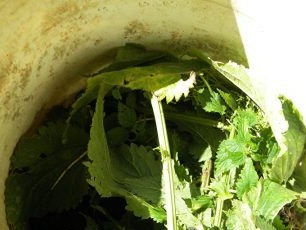
2. Pour 2.5 kg of mullein there.
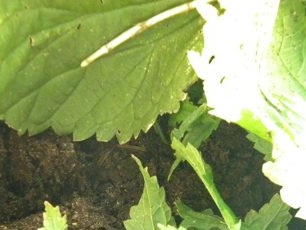
3. And add 3 tablespoons of wood ash. This “ingredient” is especially good for acidic soils, because it alkalizes the earth and makes it softer for growing vegetables.
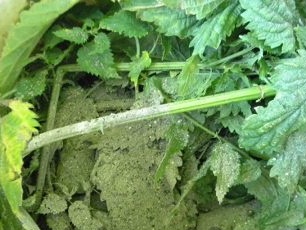
4. Fill the container with water, preferably from a hose (to mix everything well). And then cover and leave to roam. Someone can withstand feeding for 2 weeks, someone for a week, but the main thing here is not time, but the result of fermentation. If the weather is hot outside, and the tank is located in a sunny area, then the water can ferment in a day.
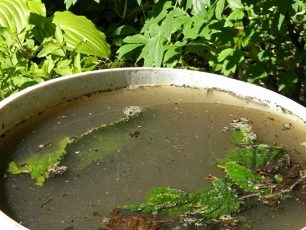
5. When bubbles appear on the surface of the liquid, it means that top dressing has already fermented, and it can be used for irrigation.

When to feed vegetables?
Topping tomatoes should not begin earlier than 3 weeks after planting seedlings. 21 days have passed - and it is already possible to water the bushes with organic infusion, using 0.5 liters for each bush. Feeding should be repeated 2 more times during the season - with an interval of 3-4 weeks.
How to feed pepper and eggplant? These plants of the nightshade family have very similar needs, therefore the feeding system is the same for them. Bushes need to be fed only twice a season: during flowering and during fruiting. Additional dressing can be arranged if, despite plentiful watering, the leaves of these plants turn yellow and fall off. Under each bush, 0.5 l of fertilizer is also poured. By the way, for these plants egg shell excellent fertilizer.
For white cabbage, cauliflower, kohlrabi and broccoli, the rules for feeding are identical. For the first time, it is necessary to fertilize 2-3 weeks after transplanting seedlings into the ground. Then the second top dressing will follow - 2 weeks after the first. If you planted seedlings early (in April-May), then such a cabbage will not need a third feeding. But the cabbage, planted later, the third top dressing will be needed 2 weeks after the second. Cabbage bushes will also need 0.5 liters of liquid.
Fertilizers for pumpkin and zucchini are not as necessary as solanaceous plants: they are usually well received and bear fruit in any soil. But if their bushes grow weak and yellowish, they need to be fed. Since both pumpkin and zucchini are very fond of moisture, under each bush you need to make 1 liter of liquid. But this can not be done during flowering: the sharp smell of fertilizing can frighten off insects, and the ovaries on the bushes never appear.
In general, organic top dressing for vegetables is a simple and useful find. To verify its effectiveness, you can conduct an experiment: leave one bush from the garden without this specific watering. But we saw at our site: with organic fertilizers, the harvest is more voluminous, the fruits ripen together, and the motivation to grow vegetables in the country is only growing!

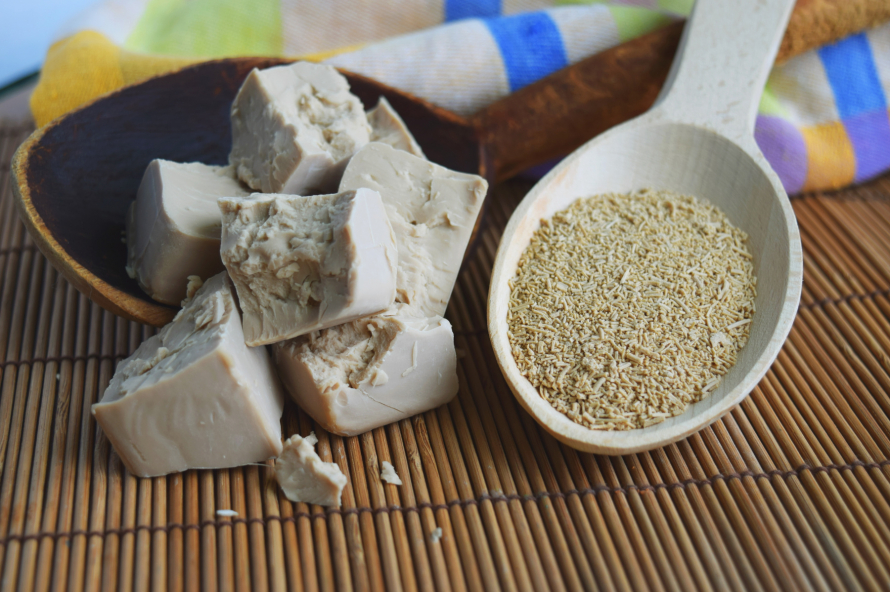
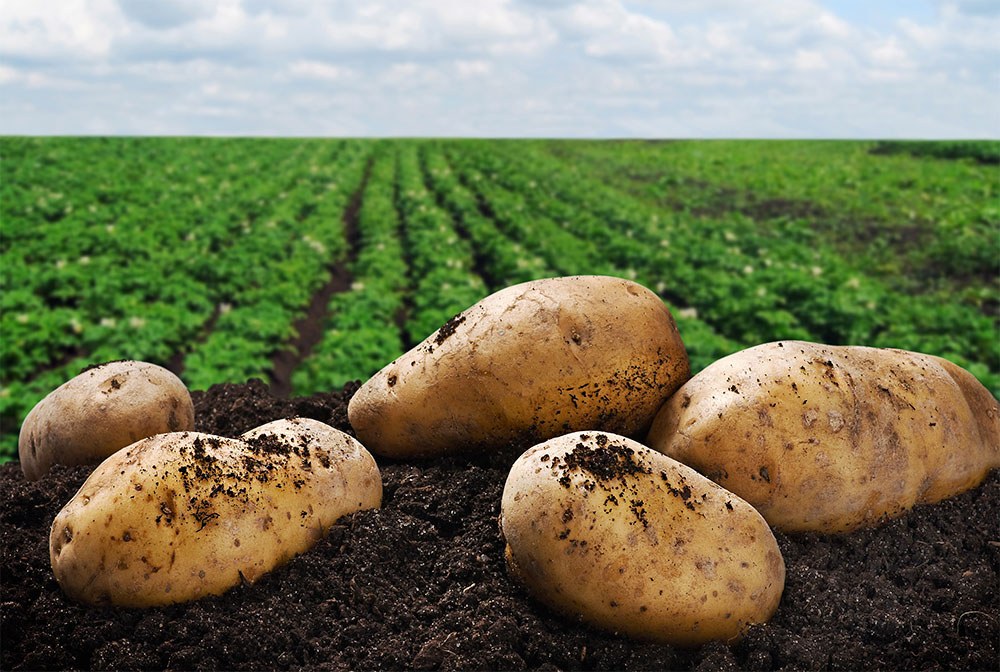
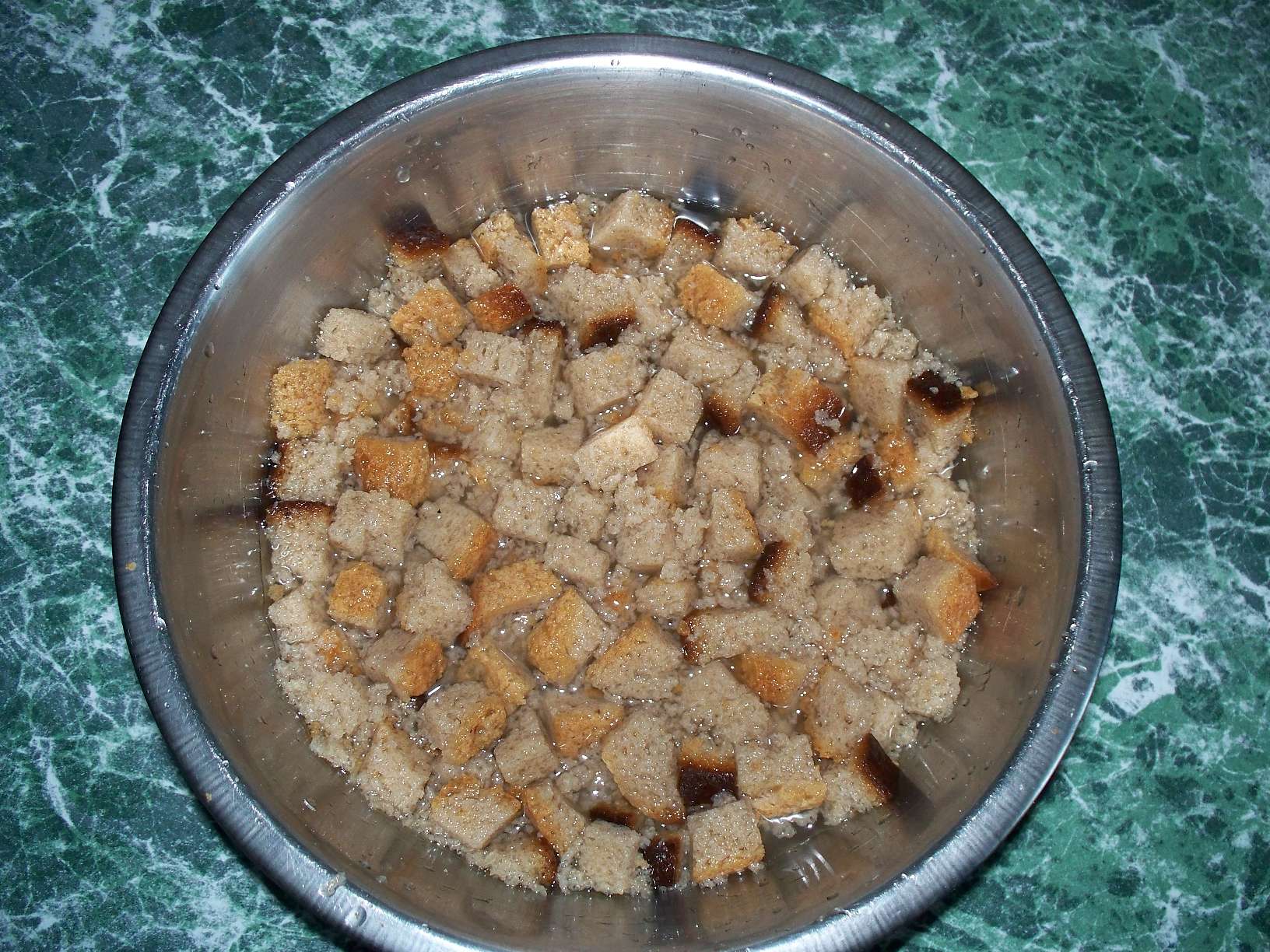
 Superphosphate: what is it and how to apply it
Superphosphate: what is it and how to apply it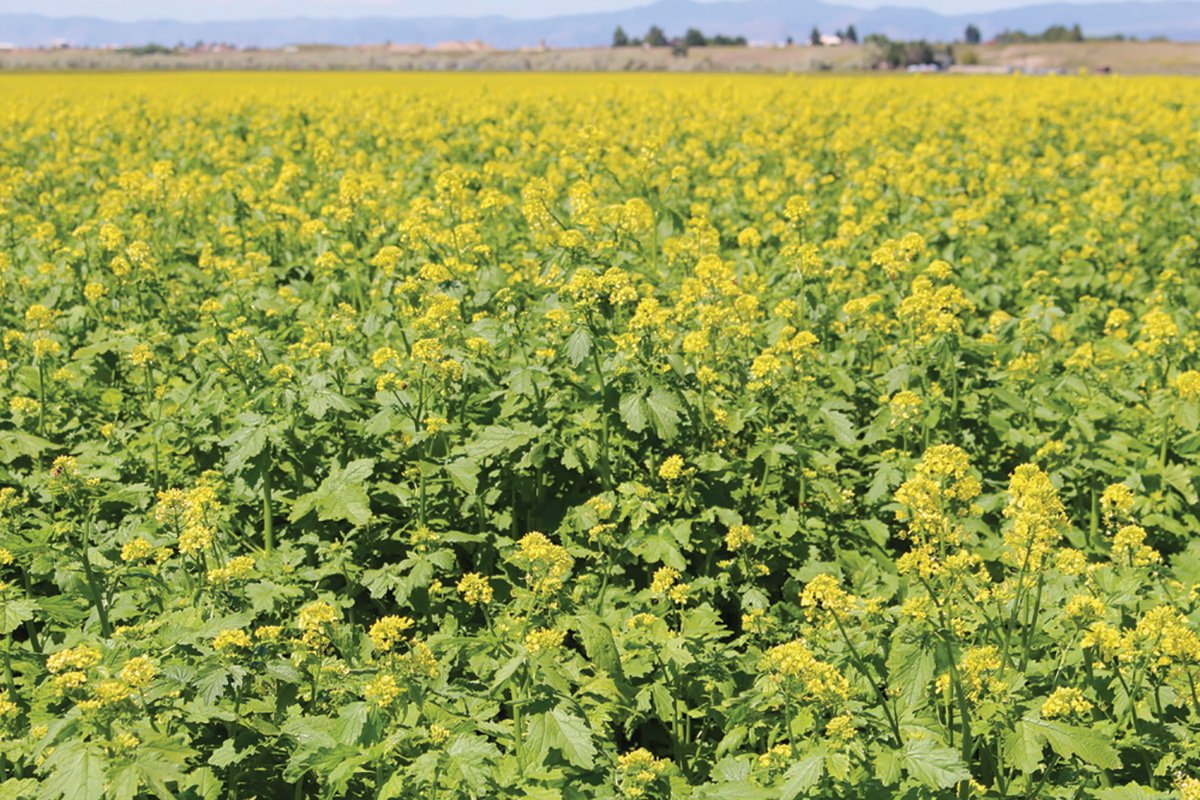 What problems can be expected from siderats?
What problems can be expected from siderats?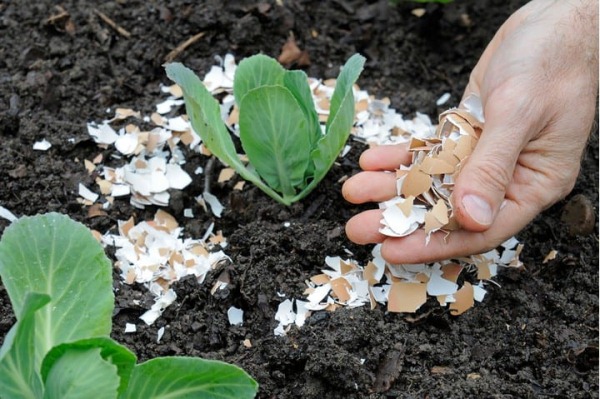 Secrets of the collection, storage and use of eggshells in the garden
Secrets of the collection, storage and use of eggshells in the garden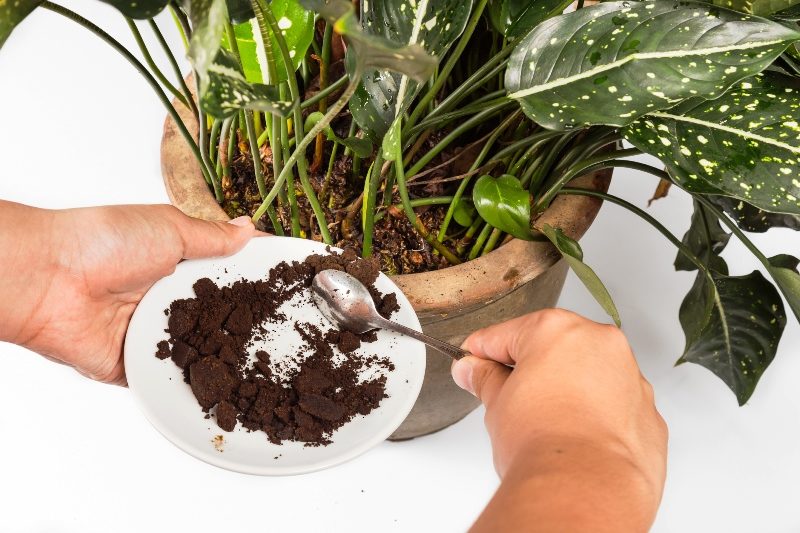 The most popular top dressing for indoor plants
The most popular top dressing for indoor plants